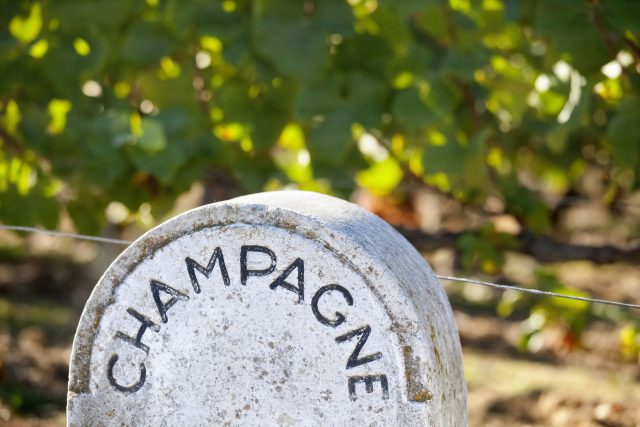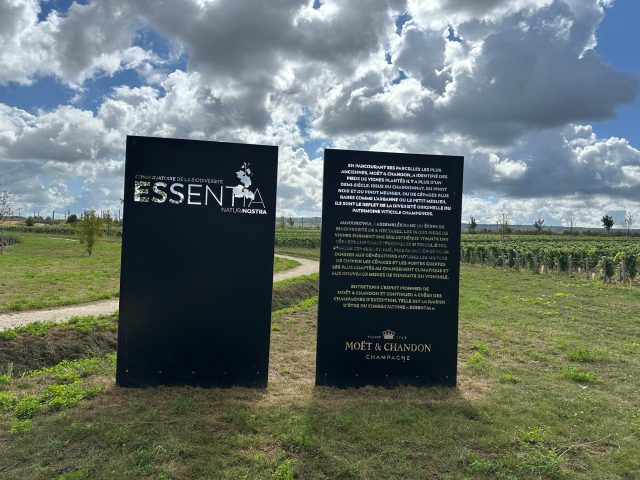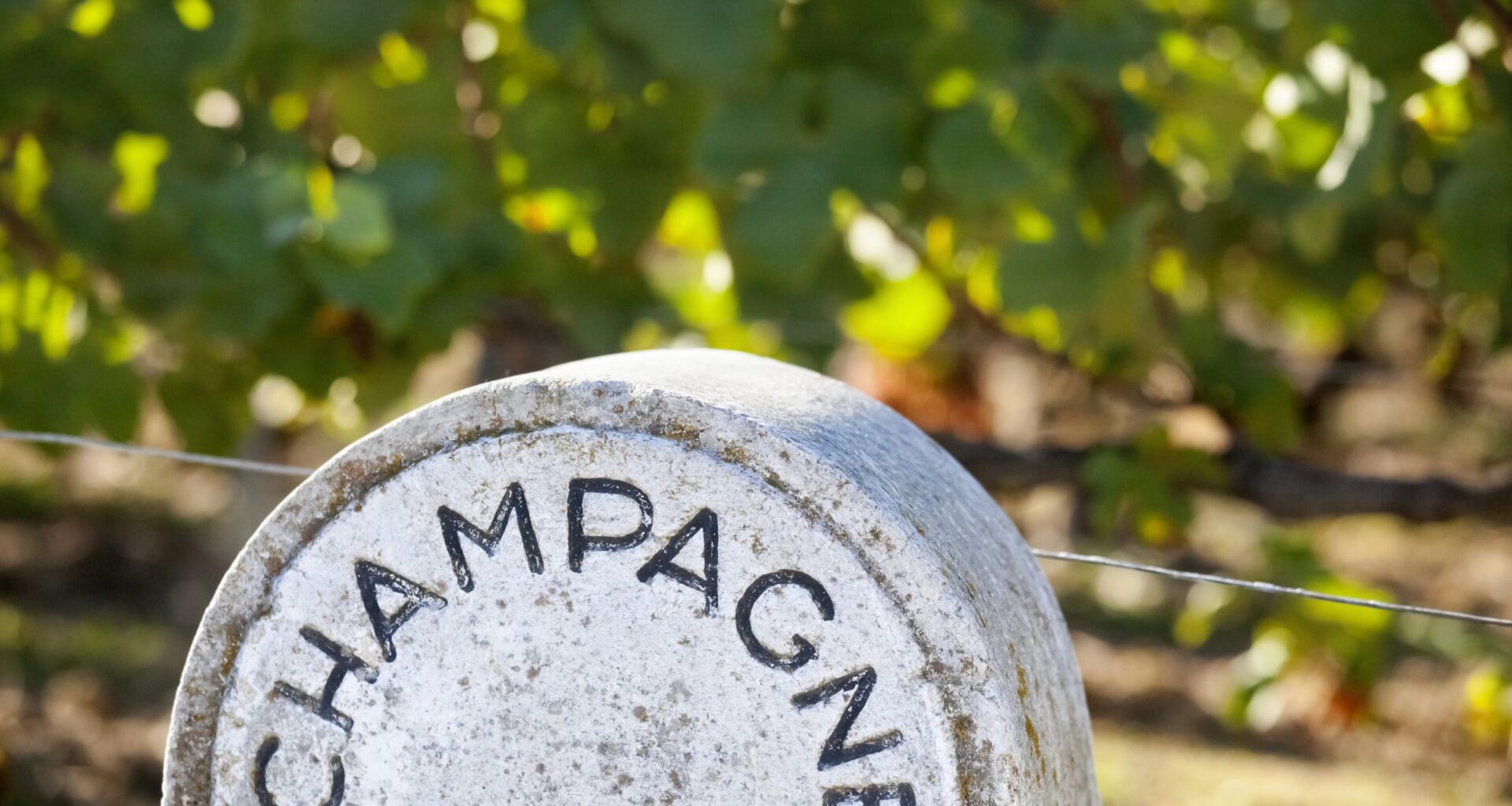
Since the “vignes semi-large” proposal was first approved for AOC Champagne in 2022, Moët & Chandon has converted 53 hectares of its 1,300ha estate to a vine row spacing of two metres, double that of Champagne’s one metre standard layout. The replanted vines, currently located in Montagne de Reims premier cru Tauxières and Jaulgonne in the Marne Valley, are also trained higher above the ground than is conventional in the region today.
Reynald Loiseau, estate manager at Moët & Chandon, points to the greater space for soil-enriching cover crops between these wider rows. Meanwhile the higher trained vines allow each plant room to compensate for lower density spacing by producing a larger crop, whose raised height imposes “less strenuous” working conditions in a region where hand harvesting remains mandatory.
The new system also presents potential advantages when it comes to dealing with Champagne’s climatic challenges both present and future. By placing the first training wire at 80cm above the ground, rather than the region’s more usual 60cm, the house has found that its vines are less susceptible to frost damage.
Chemical balance
Looking to the future, Loiseau highlights a further benefit to this new training system in terms of the chemical balance in the grapes themselves. “Climate change today is a reality and we’ve noticed it’s responsible for decreased acidity,” he observes. “The less we interfere with the vine, the higher acidity we’re going to have.”
Pointing to acidity levels 1mg/l higher on vines which are allowed to grow higher, Loiseau explains: “If we have to cut or prune the vine then the energy the vine has to put into scarring or compensation, that hormonal reaction is something it could have used to improve the acidity of the grape.”
Despite the benefits Moët & Chandon’s viticultural team has observed from this new vineyard layout, any extension of the initiative will require winning over the house’s oenologists. “They are familiar with the quality of our grapes as they stand and have some reservations,” remarks Loiseau, “so we have to prove that the yield we get from these trials will meet their requirements – and the quality of our product has to remain the same.”
Steeper sites
Further trials are also required to demonstrate the suitability of wider spaced vines on Champagne’s steeper sites.
“We currently have some reservations about this system on sloping vineyards,” admits Loiseau. “We trialled some last year and the team is already telling me it was a bad idea.” However, he smiles, “They don’t like change.”
This trial forms part of a Moët & Chandon’s wider Natura Nostra sustainability programme, which the house launched in 2021. Its goals include the creation of a 100km “ecological corridor” to improve biodiversity. Loiseau confirms that 35km of trees had already been planted across Moët & Chandon’s own estates, with a further 20km planted by its growers. “When we renew plots we try to think whether to replant with vines or trees,” he explains.

Soil health
Cover crops form another major focus for the producer as part of a drive to improve soil health. With 250ha out of its 1,300ha total vineyard holdings having already made this shift, Loiseau acknowledges: “The goal was to double this surface each year but we have a very cautious approach to our vineyards on hillsides.”
He also highlighted a concern to make sure the species planted are compatible with machinery used to work the vines.
Another major element of Natura Nostra is Essentia, a 4ha vine and biodiversity “conservatoire” in the Montagne de Reims commune of Puisieulx. Planted in 2022, it contains a “living library” of old and rare plant material, including cuttings from old vines and the region’s lesser known varieties such as Petit Meslier and Arbane.
“The goal was to have a unique heritage, to protect in one single place an identity that could help us in future against climate change,” outlines Loiseau. “It’s a private venture but the idea is that it’s open to all the growers in Champagne.”
Voltis experiment
Alongside its preservation of historic plant material, Moët & Chandon is also seeing promising results from a new variety called Voltis. In 2022, this mildew-resistant hybrid became the first PIWI variety to be approved for use in Champagne. Still at an experimental stage, for now Voltis may represent no more than 5% of a producer’s vineyard area and up to 10% of a blend.
“For us it has significant benefit when planted near urban areas,” reports Loiseau. “It only requires two treatments per year with copper and sulphur, compared to eight normally.” Acknowledging that more still needs to be understood about the impact of Voltis on the wine’s character, he observes: “At Moët it’s less than one in 1,000 vines planted, but it seems like another solution to reduce our harmful impact.”
Related news
Boizel marks Champagne region milestones
Hors Bordeaux tasting notes: Champagne
‘I made a mistake. I am ruined’: winemaker jailed for selling fake Champagne
